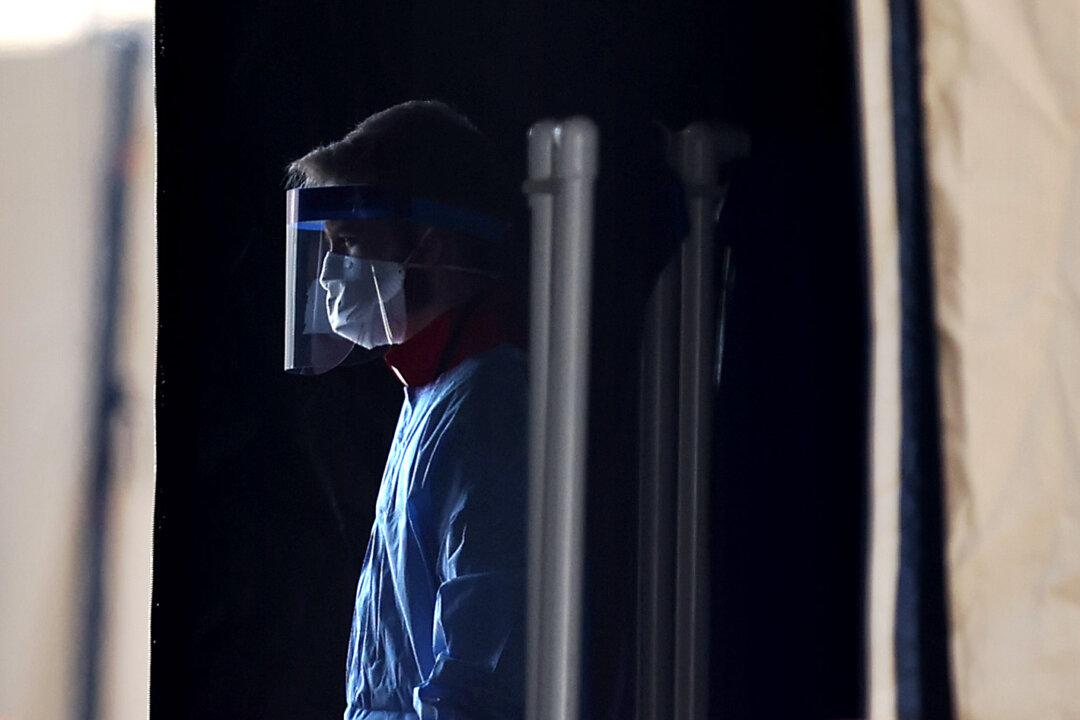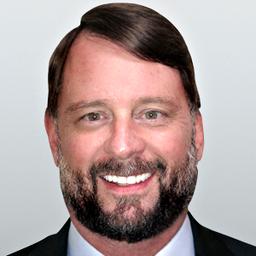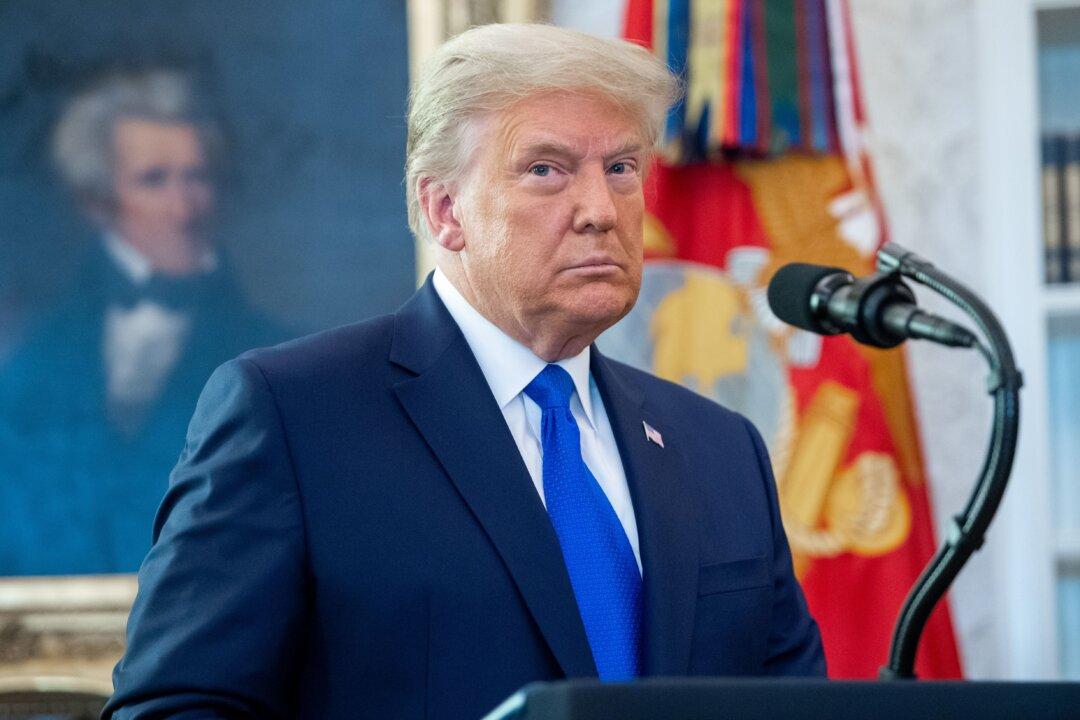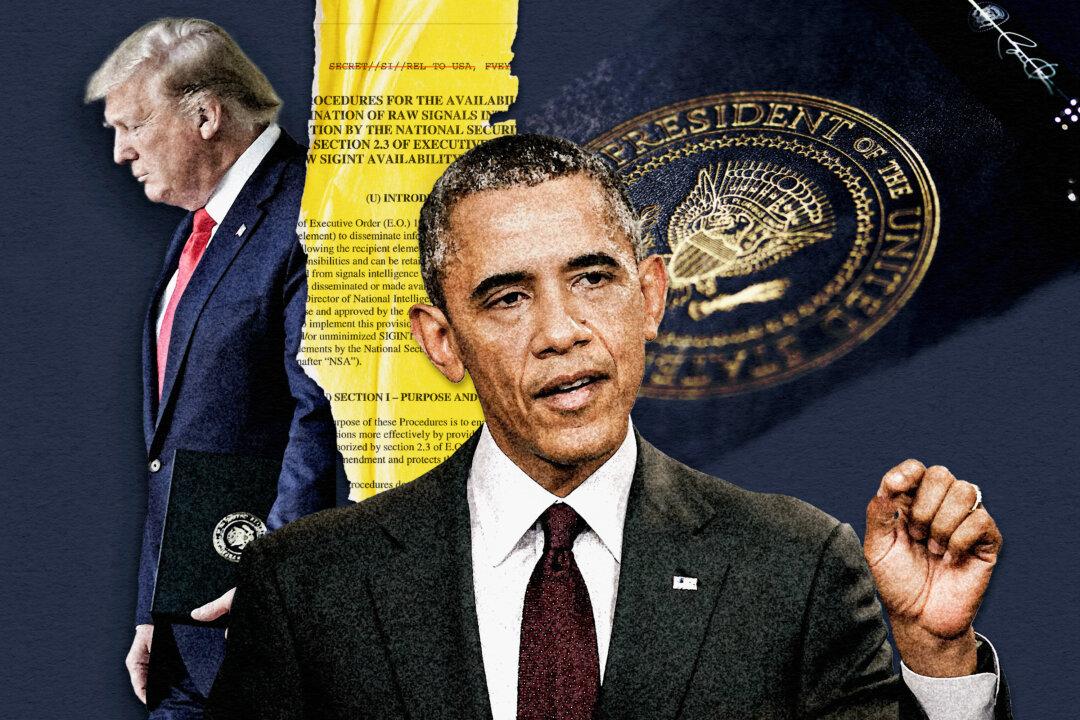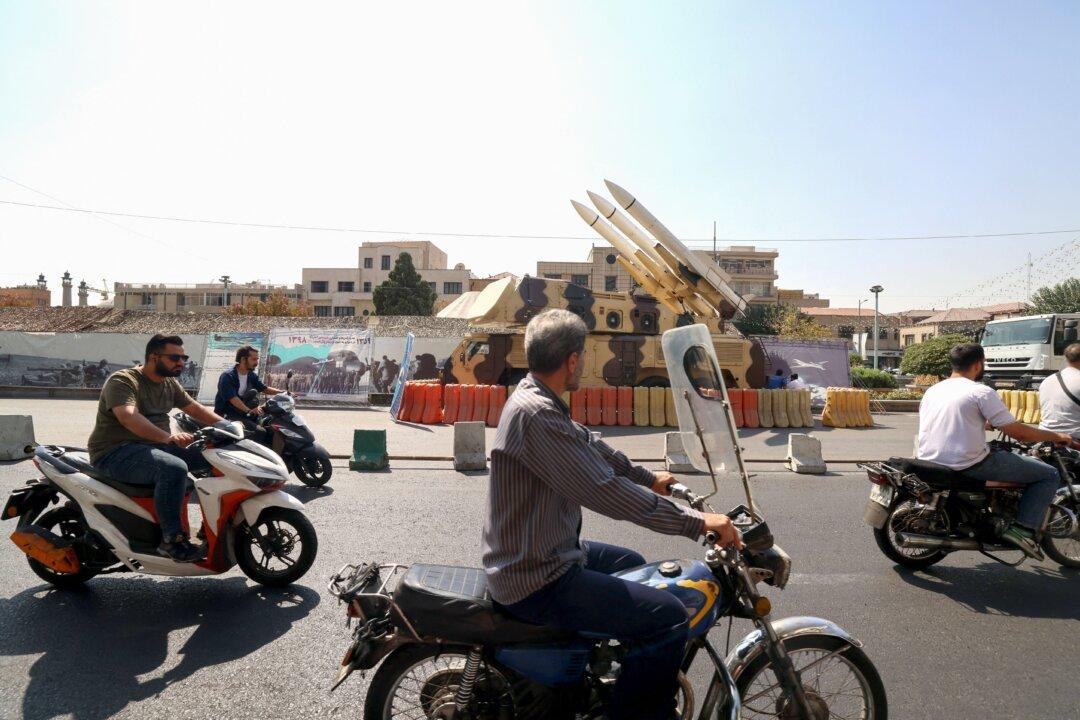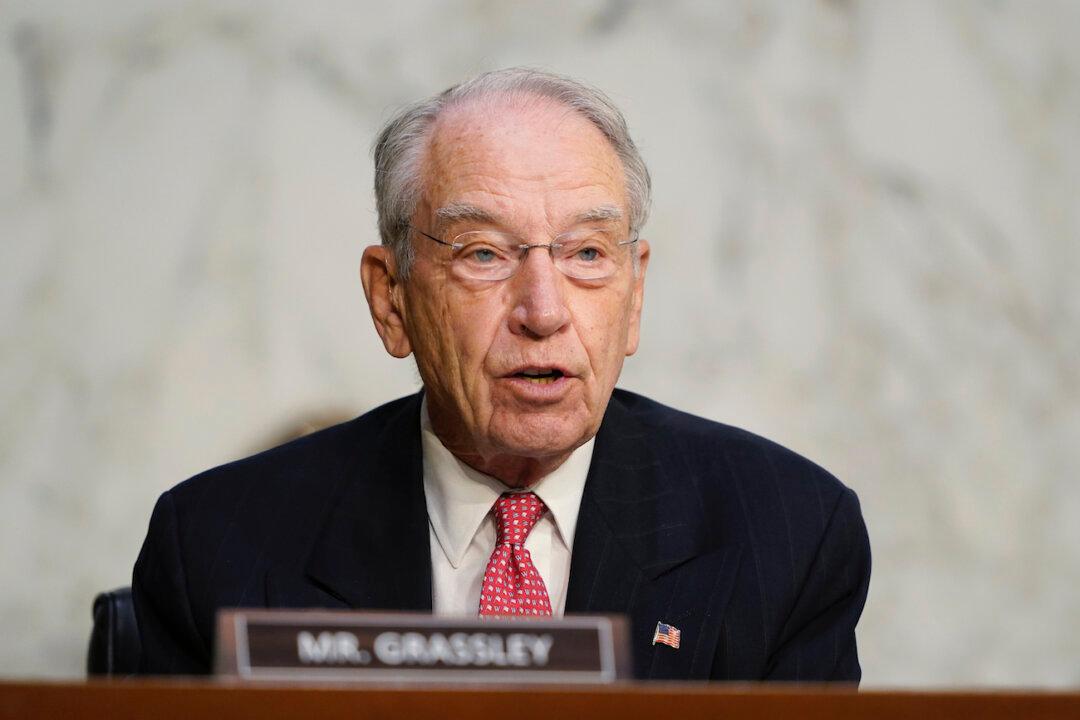News Analysis
In early February 2020, as Dr. Anthony Fauci and a small circle of collaborating scientists were in the process of establishing the natural origin narrative about COVID-19 that would pervade the media, the man who had personally trained staff at China’s Wuhan Institute of Virology—and was the director of one of our nation’s most sophisticated biocontainment research facilities—was privately expressing concern that the pandemic might have originated from the Wuhan lab.
